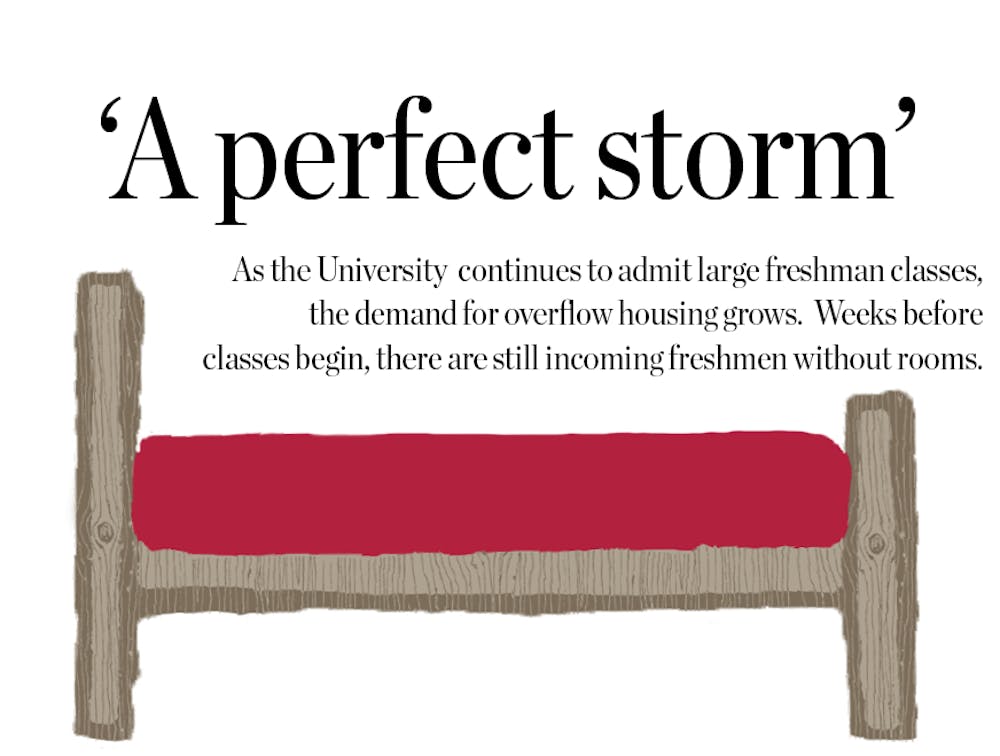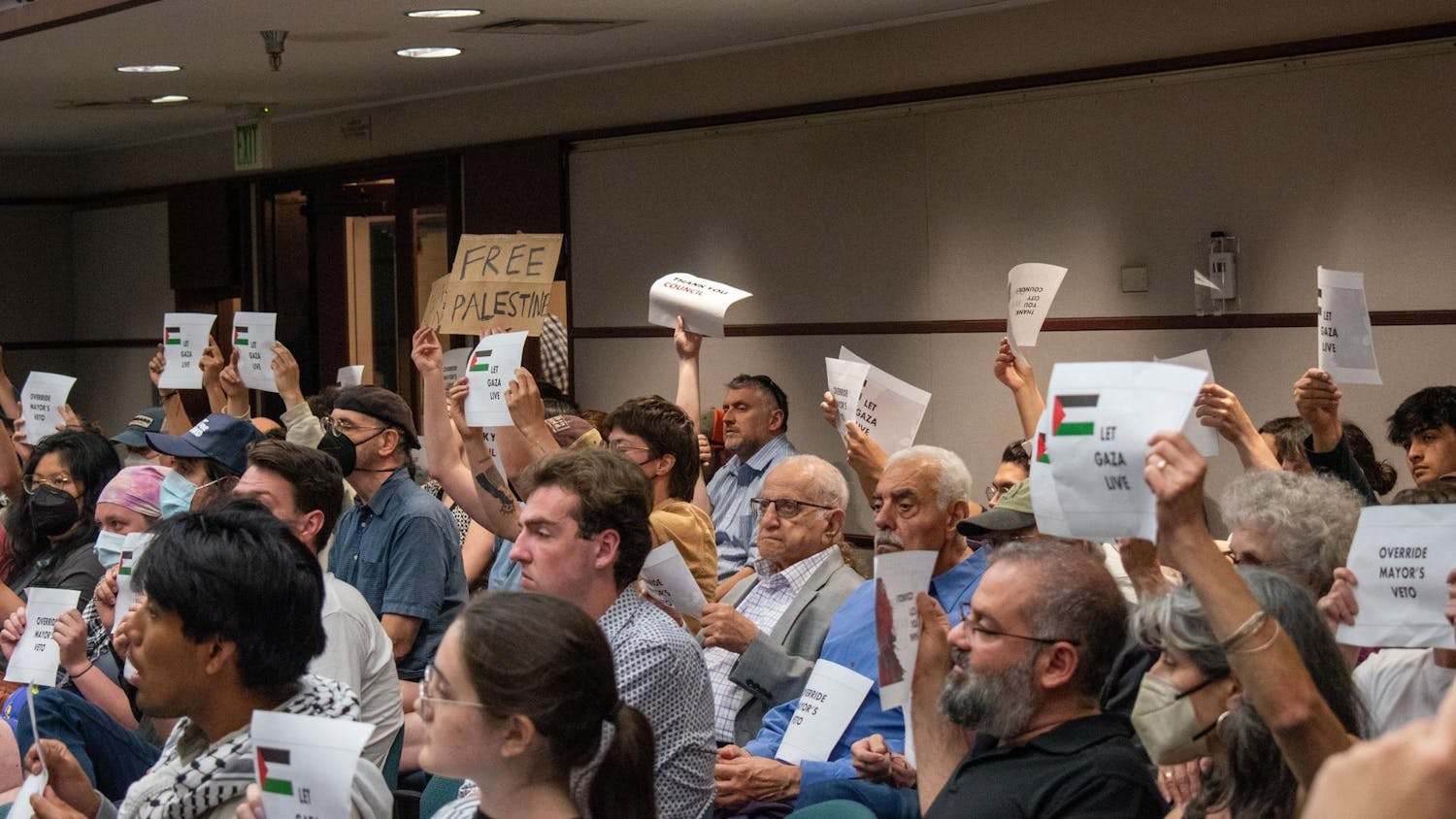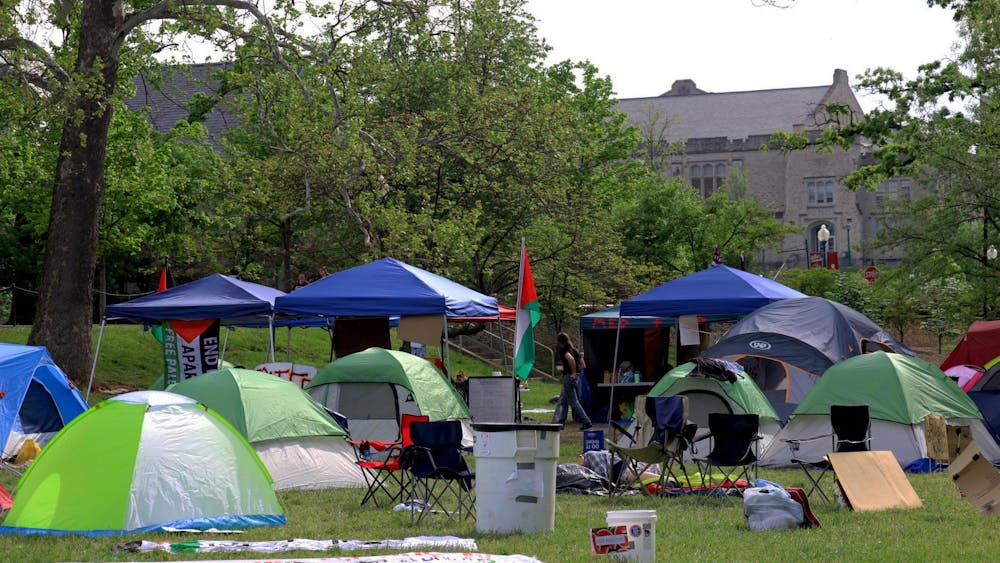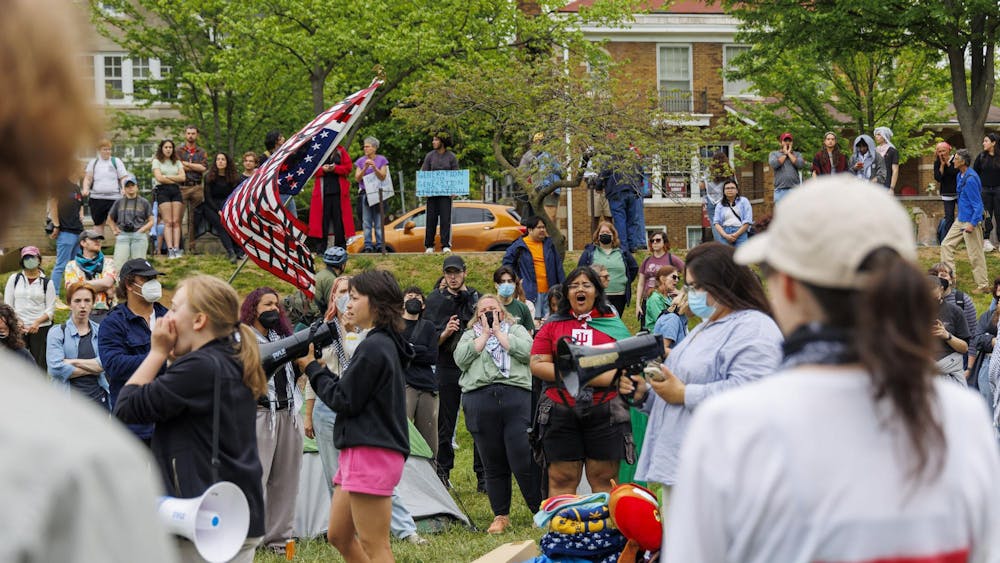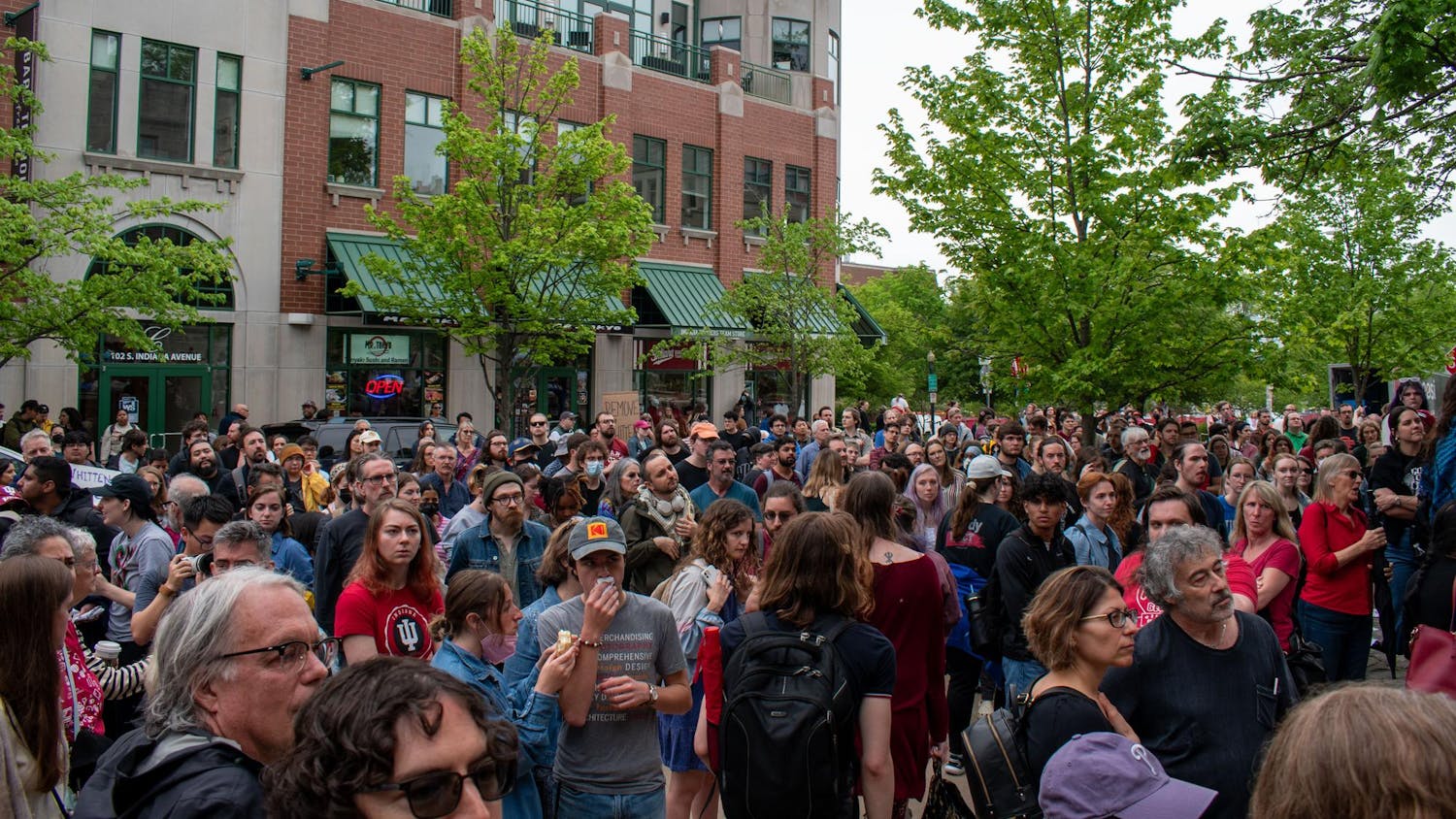This year, like almost every year, IU said yes to about 26,000 people.
It is assumed, for a variety of reasons, not all of those 26,000 people will enroll. But of that 26,000, there’s no way of knowing how many will actually enroll with the expectation of living on campus.
According to a 2014 report by the Indiana Daily Student, the average number of beds available on campus annually is around 12,000. There are students who decide to return to their residence halls. There are rooms that are out of commission for renovations. There are residence hall buildings that have been closed.
This year, more than 225 students will be placed in overflow housing, which is the highest number of students assigned to overflow housing since 2011, Assistant Vice Provost Mark Kuchefski said.
Overflow housing refers to assignments given to students who are being placed in residence hall floor lounges or other buildings on campus to compensate for the lack of space available to students.
In recent years, the need for overflow housing on campus has decreased substantially, Kuchefski said. When Spruce Residence Hall opened in fall 2013, Residential Programs and Services said the additional 440 beds had solved the overflow housing problem.
Until this year.
M.A. Venkataramanan, the University’s vice provost for strategic initiatives, who is also known as Venkat, said the University uses a complex model to determine how many students it will admit each year. In some ways, the University has to hedge its bets, given many students who are accepted may not choose to enroll for one reason or another.
So, to ensure the freshman class is the right size, the University admits about 26,000 students. It has to operate on the assumption about a third of the people accepted to IU will enroll, Venkat said.
Ideally, that’s about 7,500 or 7,600 students, which is about 300 less than the number of students expected for the 2015-16 academic year.
The University is predicting this year’s freshman class will top off at 7,800 or 7,900 students.
“Our admissions office uses a big predictor model,” Venkat said. “If you look at the bulk of students, they’ll be committed by January to February because December is the big push. Nov. 1 is the big scholarship application deadline and things like that, so the combination makes it always an inexact science.”
Read Residence Hall is closed for renovations this year. That accounts for about 500 beds down, Kuchefski said.
In September it was announced Collins Living-Learning Center’s Brown and Greene Halls would close for the 2015-16 academic year, putting the University down an additional 120 beds, according to a previous report by the Indiana Daily Student.
Nearly 700 beds down — not including other rooms currently being upgraded or renovated for whatever reason — RPS must now provide housing for those approximately 300 anticipated additional students.
Though the number changes every day and is influenced by a number of factors, there are about 225 to 275 students without beds, Kuchefski said.
“This is more than we’ve had in overflow situations than the last couple years, but five, six, seven years ago, it was not unusual to have this many or more in overflow housing as the semester started, but the number shrinks pretty rapidly,” Kuchefski said.
Housing situations such as these are taken into consideration, Venkat said, but the number of students without permanent housing is only a little larger than planned.
“It is bigger than expected, for sure, but I wouldn’t say it is enormously larger than expected,” Venkat said.
Students will be placed in floor lounges in various residence halls. In Spruce, permanent walls will be put up in the mid-floor lounges to create double rooms, a feature added to the building specifically to compensate for overflow housing, Kuchefski said.
The University knew last year the residence halls would be full, Kuchefski said. That’s why the changes to Willkie — which was modified into upperclassman housing — began last year. First-year students are being placed in eight floors of the Willkie North Tower, which will be returned to a traditional residence hall setup with community space and kitchens and will be assigned resident assistants, according to a blog posts on the RPS website.
Overflow numbers weren’t clear until about six to eight weeks ago, Kuchefski said. The growing class of 2019 created what RPS called “a perfect storm.”
Kuchefski said the cost of construction to convert lounges to rooms is not significant, but it is unclear when construction will be completed.
“We’re expecting to have them finished before move-in day,” Kuchefski said.
Some students will be moved into permanent facilities within the first few weeks of the semester. Some will stay for more.
“I would say at least 80 percent of them are solved within the first half of the semester,” Kuchefski said.
Venkat said the formula for predicting things like this is inexact and they’re trying to perfect it each year, but the fluctuation in the size of the incoming class is something that has to be anticipated.
"(This) is the margin of error we have to live with.”

